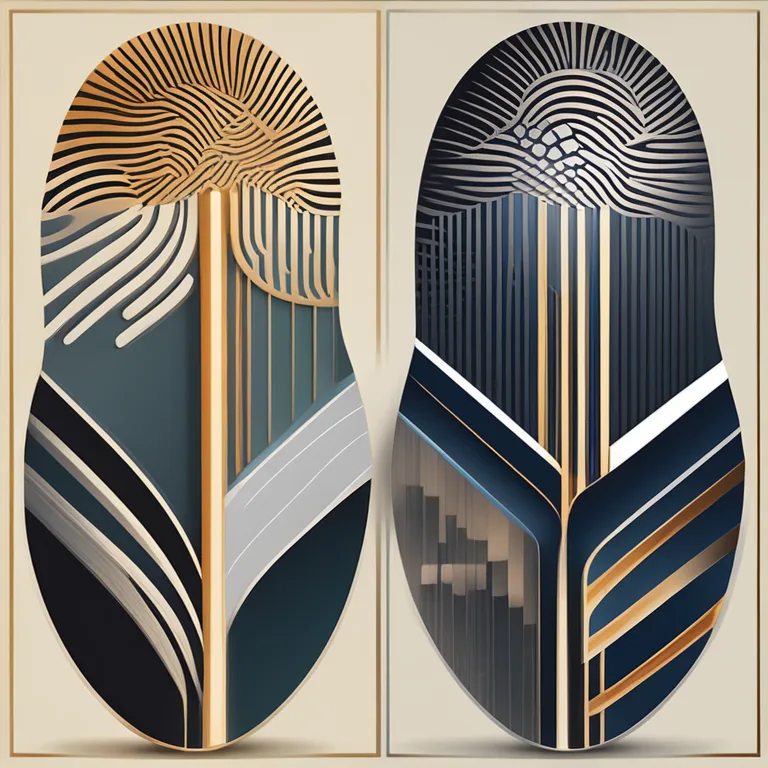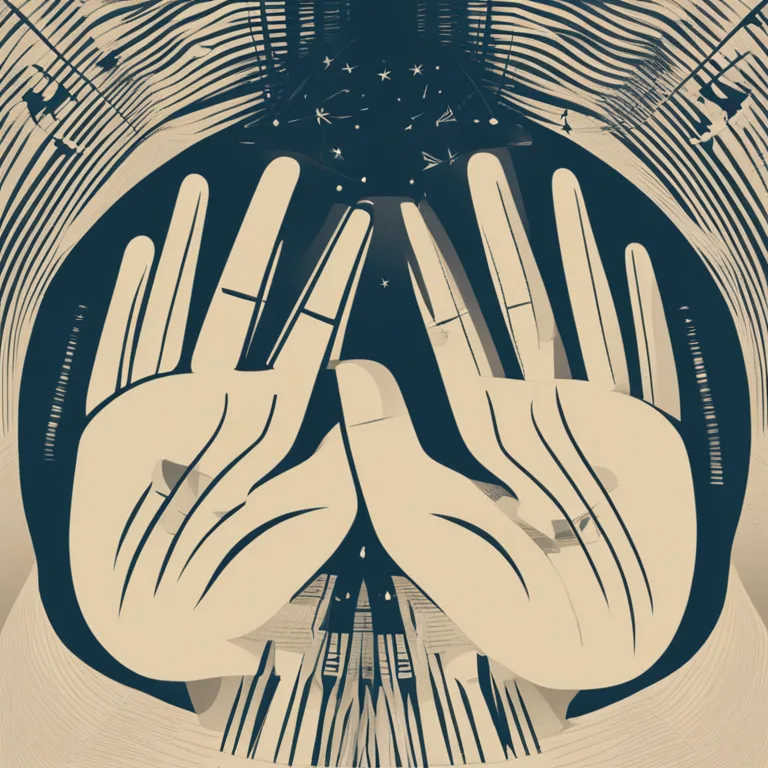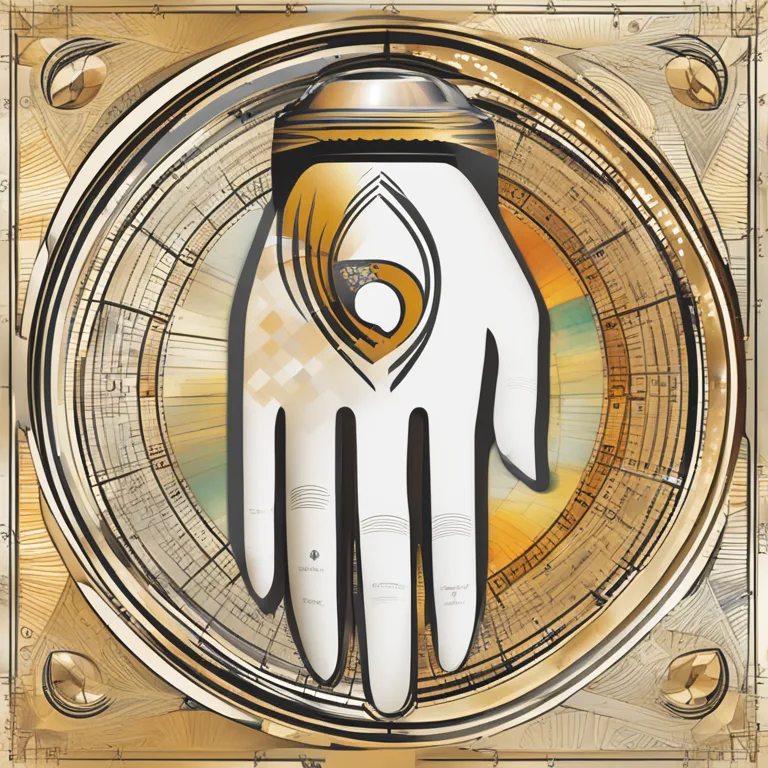
The Intriguing Variances Between Left & Right Palms
Discover the significance of the differences between your left and right palms in the practice of palmistry and what they reveal about your path in life.
article by Nora Pennington
The Basis of Bipartite Palm Reading
Palmistry, the ancient art of reading one's future and character through the lines and features of the hands, holds that each palm tells its own story. While our palms may seem identical at a glance, a closer inspection by a seasoned palmist reveals striking disparities between the left and right hands. These differences have deep-rooted significance in palmistry and are believed to offer insights into different aspects of an individual's journey. In palmistry, the dominant hand, typically used for writing and manual tasks, is seen as the "active" or "conscious" hand. It reflects the life you are actively shaping through your decisions and actions. On the other hand, the non-dominant hand is seen as the "passive" or "latent" one, containing the blueprint of your predestined path, including your inherited traits and potential.

Lines of Destiny and Choice
The heart, head, and life lines are three major lines examined by palmists. Your dominant hand's lines often exhibit changes shaped by your life experiences, habits, and choices, whereas your non-dominant hand's lines retain the essential aspects of your early life potential. For instance, a clear and deep life line on the dominant hand which may be less prominent on the non-dominant hand might suggest you have taken steps to strengthen your vitality and general well-being through conscious life choices. Conversely, differences in the heart line could reflect shifts in emotional responses and relationships that you have navigated through your lifetime.

Mounts and Their Meanings
Beyond lines, palmistry also considers the mounts, or fleshy pads, on the palms. These mounts correspond to different planets and carry unique energies and implications for our personalities. A pronounced Jupiter mount on the dominant hand, signifying leadership and ambition, may imply that these qualities have been developed or are being actively cultivated, especially if the corresponding mount on the non-dominant hand is less prominent. Similarly, the fuller Venus mount on one hand could suggest a greater emphasis on love and sensuality in one’s life, shaped by personal choices and desires.

Fingerprints and Individuality
One aspect that remains consistent in both palms is the fingerprint patterns. Although the hands themselves narrate different facets of our destiny and chosen paths, the fingerprints, uniquely etched before birth and unchanging throughout life, stand as the indelible mark of our individuality. They carry no variations between the dominant and non-dominant hands, signifying the unalterable core of our identity that remains constant despite the life paths we tread.

Changes Over Time: A Dynamic Narrative
It's worth acknowledging that lines and other features on the palms can change over time, reflecting personal growth, major life events, and shifts in mental and emotional states. What remains a curious observation is that these changes usually manifest more robustly on the dominant hand, while the non-dominant hand preserves the more stable, original patterns, thus continuously providing a baseline for a palmist's interpretations and forecasting one’s inherent potential.
Published: 1/3/2024
Modified: 1/3/2024
More predictions
Come back here soon to learn more about yourself and your future


The Secrets of Palmistry Travel Lines
Discover the meanings behind the travel lines on your palms and how they may hint at your journey through life.


Palmistry Clues to Predicting Parenthood
Delve into the palmistry lines associated with predicting childbirth and learn what your hands may reveal about future family life.


Accuracy in Divination: Palmistry vs. Astrology
Explore the relative accuracy of palmistry and astrology in predicting the future and revealing personal traits in this insightful comparison article.